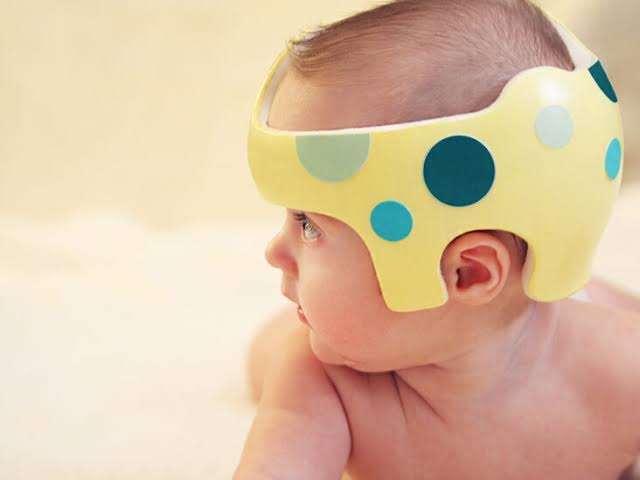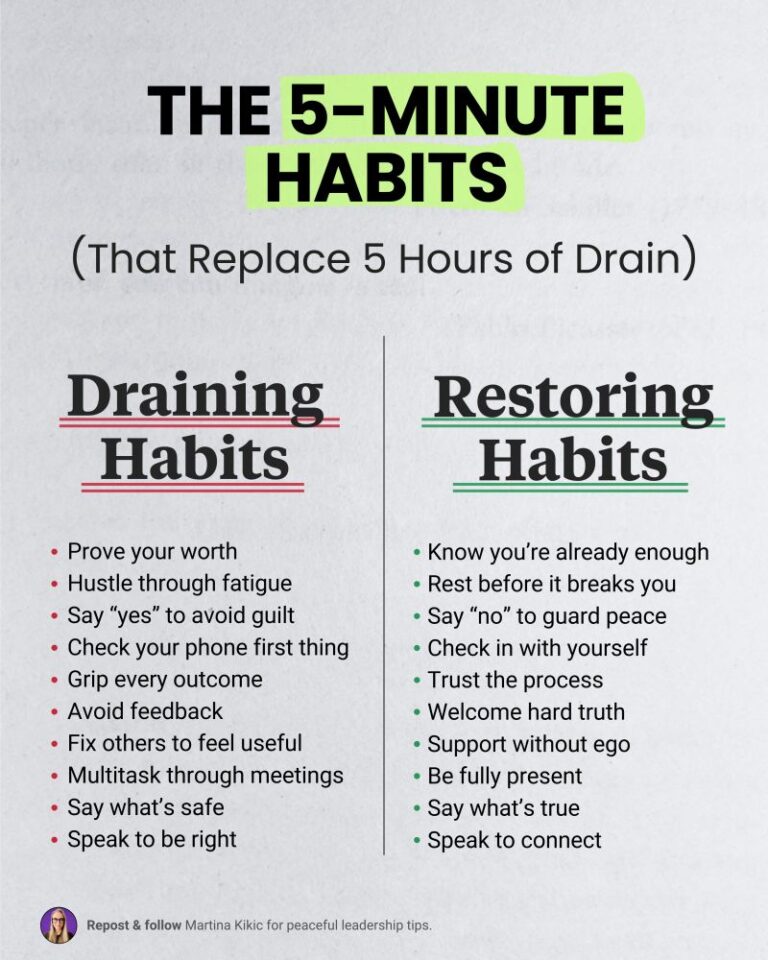
The mother or the father may worry about the shape of the child after his birth and in the first weeks of his life, but how do they distinguish the normal and familiar form from the one that causes concern and a visit to the doctor immediately?
1- The child appears immediately after birth in a dark red color and is covered with a layer of greasy paint. This greasy paint is a sticky substance that facilitated the movement of the child in your womb and is useful after birth in protecting the child’s body from skin infections, and the normal newborn child is active, cries strongly and moves actively
2- He can breastfeed directly from his mother, and you may notice a slight cyanosis in the hands and feet, and this is normal during the first three days of the child’s life, but if the cyanosis is around the mouth or is accompanied by difficulty breathing, it is often abnormal.
3- What is the normal scale (weight, height and head circumference)?
The normal weight of the child at birth ranges from 2.5 kg to 4 kg, head circumference is 35 cm, and length is 50 cm. These measures belong to the normal child after a normal pregnancy for a period of 9 months.
What are the phenomena that worry parents, but are not pathological cases in the newborn?
4- One of the natural phenomena observed during the early days
Peeling occurs in the child’s body and the appearance of soft white granules on the face called miliaria. It is also normal for a slight swelling in the breasts days after birth, and here the child’s breast should not be squeezed at all, and acne may appear for days on the child’s face and disappear on its own without treatment And it may be noted that mucous material comes out of the vulva in females, and this substance may be associated with simple bloody abnormalities, and this bloody runny stops by itself after a few days, and the normal newborn empties urine and feces on the first day usually, and it may be slightly delayed, but if the emptying of urine or stool is delayed For more than two days, the child must be examined by a pediatrician







